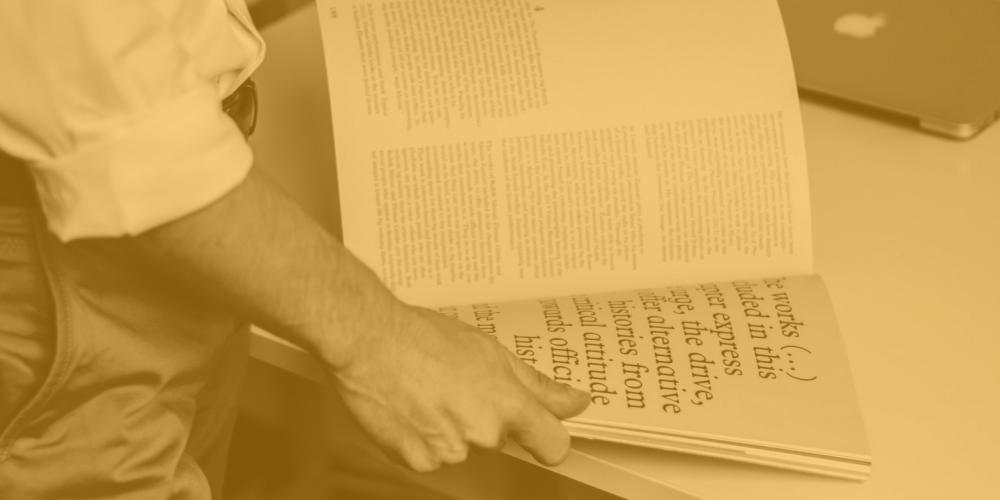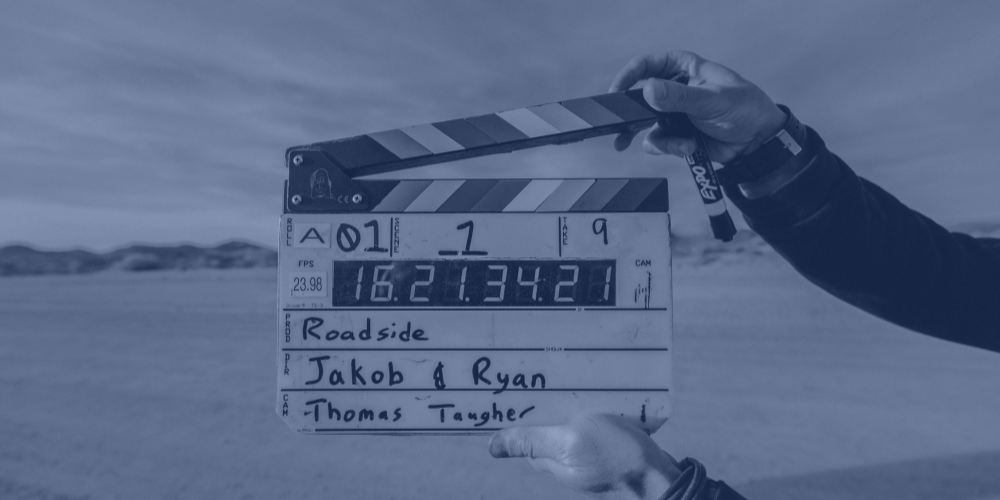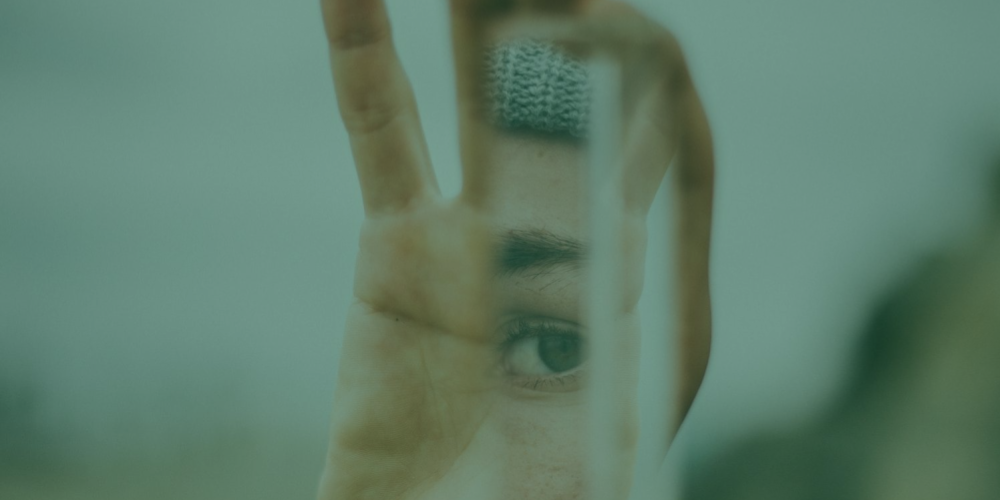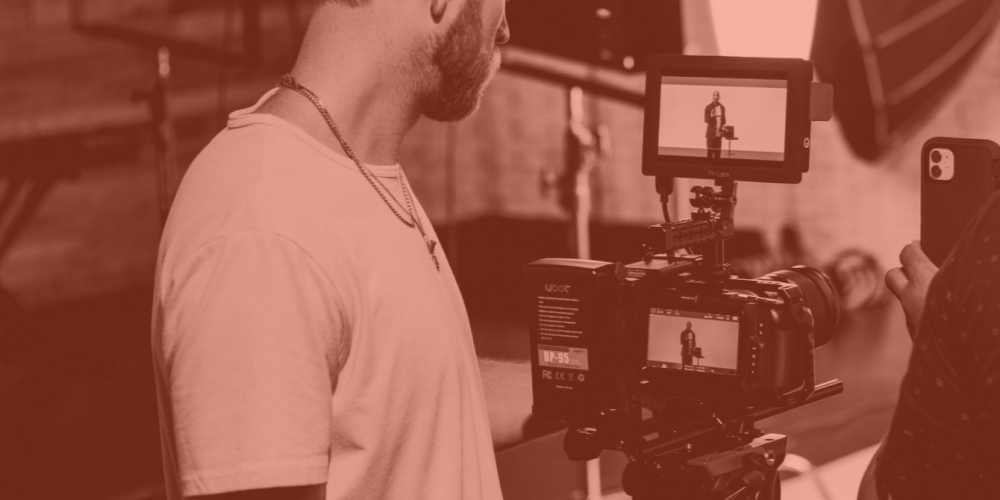
What does an Art Director do?
An editorial art director focuses on the visual language and how that complements the storytelling of a publication. This is a great role for individuals experienced in graphic design with a strong creative vision.
What is an art director?
An art director at a magazine is responsible for the visual language of the publication. They translate the articles into a visually compelling piece that draws the reader in. They will focus on the visual style, layout, typesetting, design, illustrations and photography. While they are knowledgeable of design principles and methods, art directors oversee the work of designers, illustrators and photographers. They provide leadership and guidance on the overall creative direction. Their work is submitted to creative directors or editors for review and inclusion in the publication.
What is an art director responsible for?
-
Setting the visual style and concept: From coming up with concepts to approving layout, an art director’s vision encompasses all visual aspects of the magazine. Designers, illustrators and photographers are responsible for their specific contributions. The art director sets and maintains the holistic vision. They ensure the work culminates into a cohesive aesthetic that matches the narrative of the article or magazine.
-
Manage a team of creative partners: There are times when an art director will create designs and layouts. Yet, more often they will be working and leading a team of creative partners. This will include graphic designers, production artists, illustrators, photographers, stylists and more. These teams can be in the same office together or remote including those on assignment in another part of the world. Communicating the vision, decisions and providing clear direction to teams is a cornerstone to the art director’s work.
-
Present work to editors and creative directors: When the vision and direction are set the art director will share their ideas with the editors and creative directors. This presentation is to align on the idea and determine if it fits within the editorial mandate. Once pieces are complete the art director will review the work with the editorial before publication.
-
Maintain budgets and deadlines: A large part of an art director’s work is creativity and leadership. Yet as with any project, timelines and budgets are integral to manage. An art director will be responsible for setting deadlines for their teams; knowing how long it should take to complete and the constraints from the editors. They should be monitoring the macro-level timelines as well as the individual level to ensure the project will meet deadlines. Balancing books is not a typical duty of an art director. However, monitoring estimates from freelancers or ensuring the elements of a photoshoot will fit within budget is important for art directors to track.
3 skills you need to become an art director
-
Creative vision: A firm sense of good design, artistic vision, understanding of current trends and good taste are an important part of this work.
-
Communication skills: An art director must be able to clearly communicate their vision and what the team needs to do to achieve it. This is especially important at the onset of a project as well as when providing feedback.
-
Management skills: In many ways, an art director is a manager. Leading a team through a project and coaching along the way. They must possess people skills, time management, ability to delegate, organizational skills, and leadership required to foster a healthy work environment.
Learn more
Are you looking for clarity to navigate your creative career? Sign up for our newsletter for more tips to build your craft.



